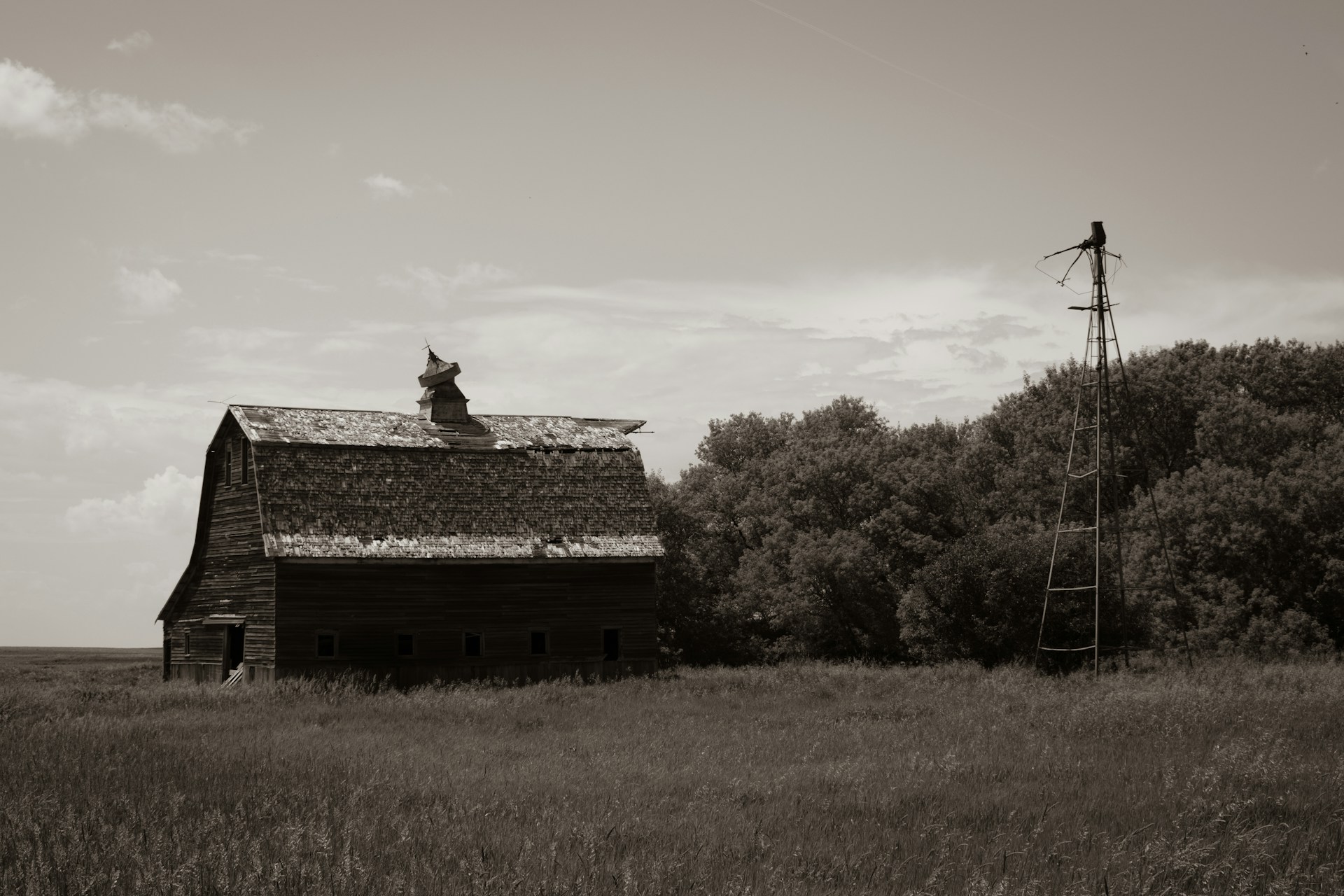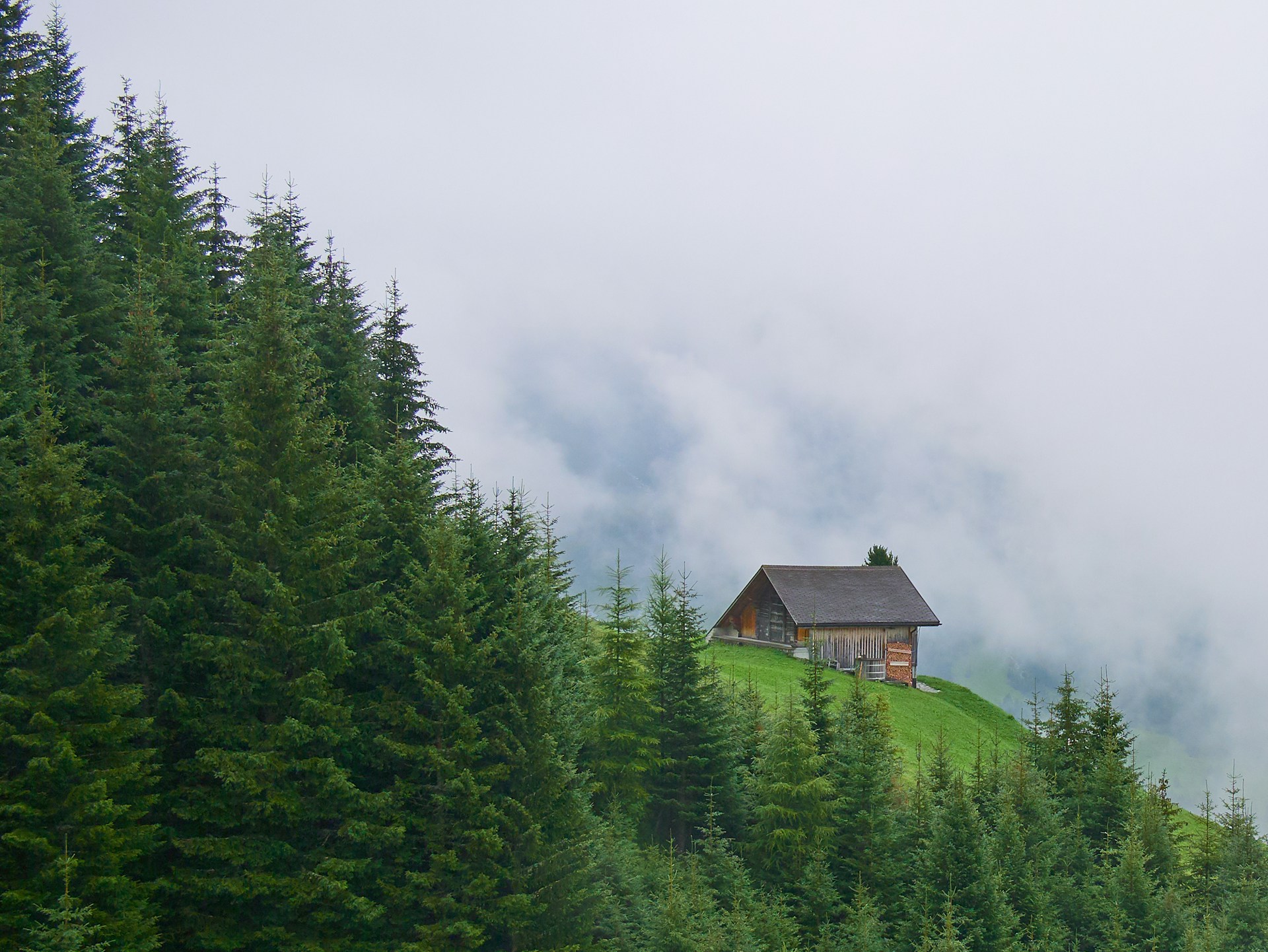Preparedness
Tampa Homeowner Shoots, Kills Intruder in Dead of Night

In a recent incident in Tampa, Florida, a homeowner reported to police that he had shot a burglar who had broken into his home in the dead of night, with the alleged intruder falling victim to his wounds. Local law enforcement in Tampa were alerted to a burglary at the Palmetto Beach Community, with officers arriving on scene at around 4:19 AM on Saturday.
The police were met by the resident of the home, located on the 1300 block of South Bermuda Boulevard, who informed them that he had used a firearm against a man attempting to enter his property via a window. The Tampa police revealed to WTVT-TV that the homeowner remained at the site of the incident and was fully cooperating with the ongoing investigation.
Upon searching the property, officers discovered a male, believed to be in his early 40s, who had been fatally wounded by the gunshot. WTVT-TV reported that the victim was pronounced dead at the scene.
Authorities reassured the public that there was no ongoing threat following the incident, with the homeowner fully cooperating with investigators. The incident was also widely discussed by the local community, with many commenters on the news station’s Facebook page expressing their support for the actions of the homeowner.
One user commended the homeowner’s actions, stating: “Standing your ground against somebody who wants to harm you and saving the taxpayers money — good job!! Essentially you saved other people’s lives because he can’t do it again.”
Another commenter stressed the consequences of criminal actions, stating: “Actions have consequences. I guess the intruder found that out for himself.”
Further comments reflected the sentiment of preparedness and self-defense prevalent within the community. One individual stated: “I have a feeling that a lot of people are going to f*** around and find out in Florida. We keep more than pistols around here. All legal; all handled properly; all for our protection. One under the pillow, too.”
Another sternly warned potential criminals, saying: “Let that be a lesson learned for others; you intrude, you leave in a body bag — period.”
While other comments highlighted the homeowners’ rights to protect their property and themselves, with one pointing out: “The homeowner had every right to. Break into my house, and you will meet your maker lickity split.”
This incident serves as a reminder that the act of home invasion carries serious risks, with another user questioning: “When are these criminals gonna realize that people go to bed with a gun under their pillow?”
Let us know what you think, please share your thoughts in the comments below.

Preparedness
Uncover America’s Legendary Homesteaders Who Shaped Our Nation

The resurgence in homesteading today is a testament to the enduring appeal of self-sufficiency and the fulfillment of living off the land. This lifestyle, however, is far from a modern invention. Many contemporary homesteaders draw inspiration from the pioneering spirits of America’s past, immortalized in stories like “Little House on the Prairie” and the writings of Willa Cather.
Historically, the Homestead Act of 1862 played a pivotal role in shaping the American frontier. As noted by The History Channel, the Act “accelerated settlement of U.S. western territory by allowing any American, including freed slaves, to put in a claim for up to 160 free acres of federal land.” This landmark legislation required settlers to reside on the land for five years, build a home, and cultivate the land to earn ownership. By the time the Act was repealed in 1976, with Alaska continuing until 1986, it had facilitated around 4 million homestead claims, spanning 270 million acres—10% of the United States’ area.
Amid these millions of claims are stories of remarkable individuals who embraced the homesteading life. Daniel Freeman is celebrated as the first American homesteader. According to the National Park Service, “Legend has it that Daniel Freeman filed his claim 10 minutes after midnight at the Land Office in Brownville, NE on January 1, 1863, the first day the Homestead Act went into effect.” His homestead became a family legacy, with his children building homes on the land and contributing to its development.
Mary Meyer stands out as a trailblazer among female homesteaders. Despite the challenges faced by single women in the 19th century, Meyer successfully claimed her homestead in 1863 after her husband’s death. Historian Blake Bell highlights the significance of such achievements: “Land is power. It really is. And especially in the mid-19th century. And women that are able to acquire land were able to increase not only their economic power, they’re increasing their social and political power as well.” Meyer’s story is a testament to resilience and independence.
The famous Wilder Ingalls family, immortalized in Laura Ingalls Wilder’s novels, also carved out their place in homesteading history. Their experiences of hardship and resilience on the South Dakota plains have inspired generations. Laura’s marriage to fellow homesteader Almanzo Wilder led them to eventually settle in Mansfield, Missouri, where their homestead remains a testament to their enduring legacy.
Among the African American homesteaders who emerged in the wake of the Emancipation Proclamation was George Washington Carver. Known for his groundbreaking work with peanuts, Carver initially tried his hand at homesteading in Kansas. Although his homesteading venture was short-lived, his contributions to agriculture and science left an indelible mark on history.
Finally, Ken Deardorff holds the distinction of being America’s last official homesteader. After serving in Vietnam, Deardorff ventured to Alaska in 1974. He filed a claim for 50 acres near the Stony River in 1979, living in a tent while building a cabin for his family. The remoteness of his homestead required ingenuity and perseverance, with Deardorff opening a small store and trapping to sustain his family. It wasn’t until 1988 that he received the patent to his land, two years after the Homestead Act was repealed. The National Park Service confirms, “It was determined in 2001 that Ken Deardorff was, in fact, the last American to obtain a title for homestead property.”
These stories of courage and determination continue to inspire those who seek a life of self-reliance and connection to the land. As we learn from the past, we are reminded that with hard work and dedication, the dream of homesteading can still be realized today.
Let us know what you think, please share your thoughts in the comments below.
Preparedness
Unlock Hidden Storage Secrets for Ultimate Preparedness at Home

In the world of preparedness, the quest for space is a common challenge. Many people wonder where to store all the essentials they might need without compromising their living space. This is where lessons from the Tiny House movement can be invaluable. In tiny homes, every inch counts, and maximizing space is an art form.
Jack Spirko wisely advises that “everything you do to prepare should help you today, not just in a disaster.” This philosophy encourages a lifestyle where preparedness enhances daily living rather than becoming a source of stress.
One of the most common storage questions is how to find space for everything you might need. While it’s unlikely that you’ll find room for absolutely everything, creativity can help you make the most of the space you do have.
Take, for example, the area under your bed. It’s an often-overlooked storage opportunity. Using bed risers or low-profile totes, you can store a surprising amount of supplies under a king-size bed. This is just one bed—imagine the potential in multiple bedrooms.
Closets, too, offer hidden potential. Most closets have a shelf above the clothes rod, which can be enhanced by adding another shelf or placing a tower bookshelf on the existing one. This creates a double-decker effect, perfect for storing items like freeze-dried food or toilet paper. If you prefer discretion, there are many ways to conceal these items, from painted cardboard to lightweight wooden panels.
Cabinet tops are another underutilized space. Often, there is a gap between the cabinet and the ceiling, just waiting to be filled. This area is ideal for storing dry goods in decorative containers, adding both function and aesthetic appeal to your kitchen.
Drawers, often reserved for everyday items, can also serve as storage for emergency supplies. Consider dividing a deep drawer, using the front portion for daily needs and the back for emergency items. Installing drawer glides that stop unless a button is pressed can create a hidden compartment, adding an extra layer of security.
Finding space isn’t just about clever storage solutions; it’s also about decluttering. Go through your belongings and decide what truly holds value. Items like your child’s first outfit may be worth keeping, but clothes they outgrew years ago might not. The same goes for books and magazines—consider whether you’ll read them again. By organizing and eliminating unnecessary items, you can free up significant space in your home and mind.
While food needs a climate-controlled environment, non-temperature-sensitive supplies can be stored in a garage or shed. This includes tools, medical supplies, and camping gear. Although renting off-property storage is an option, it’s generally best to keep supplies close by to ensure accessibility in emergencies.
Incorporating these tiny house-inspired strategies can transform your home into a more efficient and prepared space, enhancing your everyday life while ensuring you’re ready for whatever comes your way.
Let us know what you think, please share your thoughts in the comments below.
Preparedness
Discover Nature’s Secret Weapons for Wound Healing

Modern medicine has undeniably transformed healthcare, offering life-saving treatments and improved quality of life. However, nature also provides an array of resources that can aid in maintaining and restoring health, especially when it comes to wound healing. Here, we explore five natural remedies that can effectively assist in wound care, alongside five methods that should be approached with caution.
While antibiotics are crucial in combating bacterial infections, their overuse can lead to antibiotic resistance. This is a significant concern, with the Centers for Disease Control and Prevention (CDC) highlighting it as “one of the world’s most pressing public health problems.” For those seeking alternatives, peppermint essential oil shows promise. A 2019 study revealed that peppermint essential oil, when used correctly, “ha[d] the potential for applications in antibiotic-free bacterial infection treatment as wound healing materials.”
Aloe vera, often referred to as America’s favorite succulent, is renowned for its ability to protect and heal the skin. A comprehensive review of 23 studies in 2019 confirmed Aloe vera’s efficacy in treating various wounds, including burns and chronic wounds like pressure ulcers. However, it’s important to note that Aloe vera should not be used on severe wounds or deep cuts.
Onions have been used in traditional remedies for centuries, dating back to the Roman Empire. Modern research supports the use of onion extract in wound care, as it can “accelerate acute wound repair” and minimize scarring, particularly hypertrophic and keloid scars. These scars are characterized by reddish nodules at the wound site.
Garlic, another ancient remedy, boasts a history of medicinal use dating back to 1,500 BC. It was even found in Tutankhamen’s tomb. Garlic’s wound-healing properties are largely attributed to “allicin,” a molecule with antioxidant and anti-inflammatory effects. Studies indicate that garlic ointment can stimulate fibroblasts, which play a crucial role in organizing and accelerating wound repair.
Turmeric, celebrated for its medicinal compounds known as “curcuminoids,” offers powerful anti-inflammatory and antioxidant benefits. Research has demonstrated that curcumin possesses “significant wound healing properties,” acting on various stages of the healing process. However, while topical application is beneficial, orally ingesting turmeric for wound healing is not recommended due to potential side effects, such as uterine bleeding or contractions in pregnant women.
While these natural remedies offer promising benefits, some traditional methods should be avoided. St. John’s wort, although useful in some medical applications, can dangerously interact with several medications. In some countries, its use is restricted or banned without a prescription.
Egg whites, sometimes used as a home remedy for burns, pose a risk due to their high bacterial content, including salmonella. This makes them unsuitable for application on wounds.
Similarly, using saliva to clean wounds is ill-advised. As holistic physician Svetlana Kogan, MD, notes, “Our breath and saliva have tons of bacteria which can contaminate [a] wound and lead to an infection.” Instead, wounds should be cleaned with water and properly sanitized.
Human breast milk, while shown to aid wound healing due to its bioactive components, can also transmit diseases if not handled correctly. Dr. Sarah Yamaguchi warns that “breast milk can transmit infectious diseases such as HIV,” and improper storage can introduce bacteria.
In conclusion, nature offers a wealth of effective wound-healing options. However, it’s essential to conduct thorough research and consult healthcare professionals before trying any natural remedy.
Let us know what you think, please share your thoughts in the comments below.
-

 Tactical1 year ago
Tactical1 year ago70-Year-Old Fends Off Intruder with Lead-Powered Message
-

 Tactical1 year ago
Tactical1 year agoVape Shop Employee Confronts Armed Crooks, Sends Them Running
-

 Preparedness9 months ago
Preparedness9 months agoEx-Ballerina’s Guilty Verdict Sends Tremors Through Gun-Owner Community
-

 Preparedness7 months ago
Preparedness7 months agoGood Samaritan Saves Trooper in Harrowing Interstate Confrontation
-

 Tactical1 year ago
Tactical1 year agoMidnight SUV Theft Interrupted by Armed Homeowner’s Retaliation
-

 Survival Stories2 years ago
Survival Stories2 years agoEmily’s 30-Day Experience of Being Stranded on a Desert Island
-

 Preparedness8 months ago
Preparedness8 months agoArizona Engineer’s Headless Body Found in Desert: Friend Charged
-

 Preparedness8 months ago
Preparedness8 months agoBoy Saves Dad from Bear Attack with One Perfect Shot
T. Moyer
July 24, 2024 at 11:18 am
While is fear of immediate or serious deadly harm to yourself or another, and home invasion of an occupied dwelling is exactly that, an individual has the right, and the responsibility, to defend themselves and others.
Leon Redbone
July 24, 2024 at 11:56 am
I keep a loaded 357 magnum revolver right next to me as I sleep. I will shoot first and ask questions later.
anthony cuccia jr
July 24, 2024 at 1:30 pm
I have that right to defend myself,family,and other defenceless humans, anywhere I am.
Fran McQ
July 24, 2024 at 1:46 pm
When a person’s home is invaded, there is no time to make philosophical decisions. A person has demonstrated intent to violate your rights, they pose an imminent threat. Attempts to use less-than-lethal means to stop the threat look good in the movies and in retrospect, but in real life, there are too many chances for failure. In any such encounter, the only acceptable goal is to win. The use of lethal force is the best avenue to that result. If a person were to choose something like a baseball bat, there are several unsatisfactory possible results. 1) The bat is ineffectual. 2) The bat is taken away and used on the victim. 3) The bat is effective, and the perpetrator is killed – leading to charges of excessive force. For example, “How many times did you hit the perpetrator (the new victim)? “Why didn’t you stop when he was down? Monday morning quarterbacks have lots of time to overanalyze every aspect of their use of what “should have been” a less-than-lethal device.
In summary, in any situation of imminent threat of death or grave bodily damage, the use of lethal force is justified, and the best tool is a gun.
Teresa Primo
July 24, 2024 at 2:07 pm
I’m too old to fight that is why I have guns in my home for protection and I will defend myself dont want to kill anyone but if you break into my home day or night then face your maker.
Joe
July 24, 2024 at 2:33 pm
This homeowner has a right to defend his family and himself. I’m from NYi would mad done the same thing , but I would not kill him i would had shot him in the leg or arm if I had time to do that.
Jeanne Black
July 24, 2024 at 2:34 pm
Excellent! We have a right to defend ourselves and our property.
CPO Bill
July 24, 2024 at 8:27 pm
Don’t be effing around and trying to break in someones home!